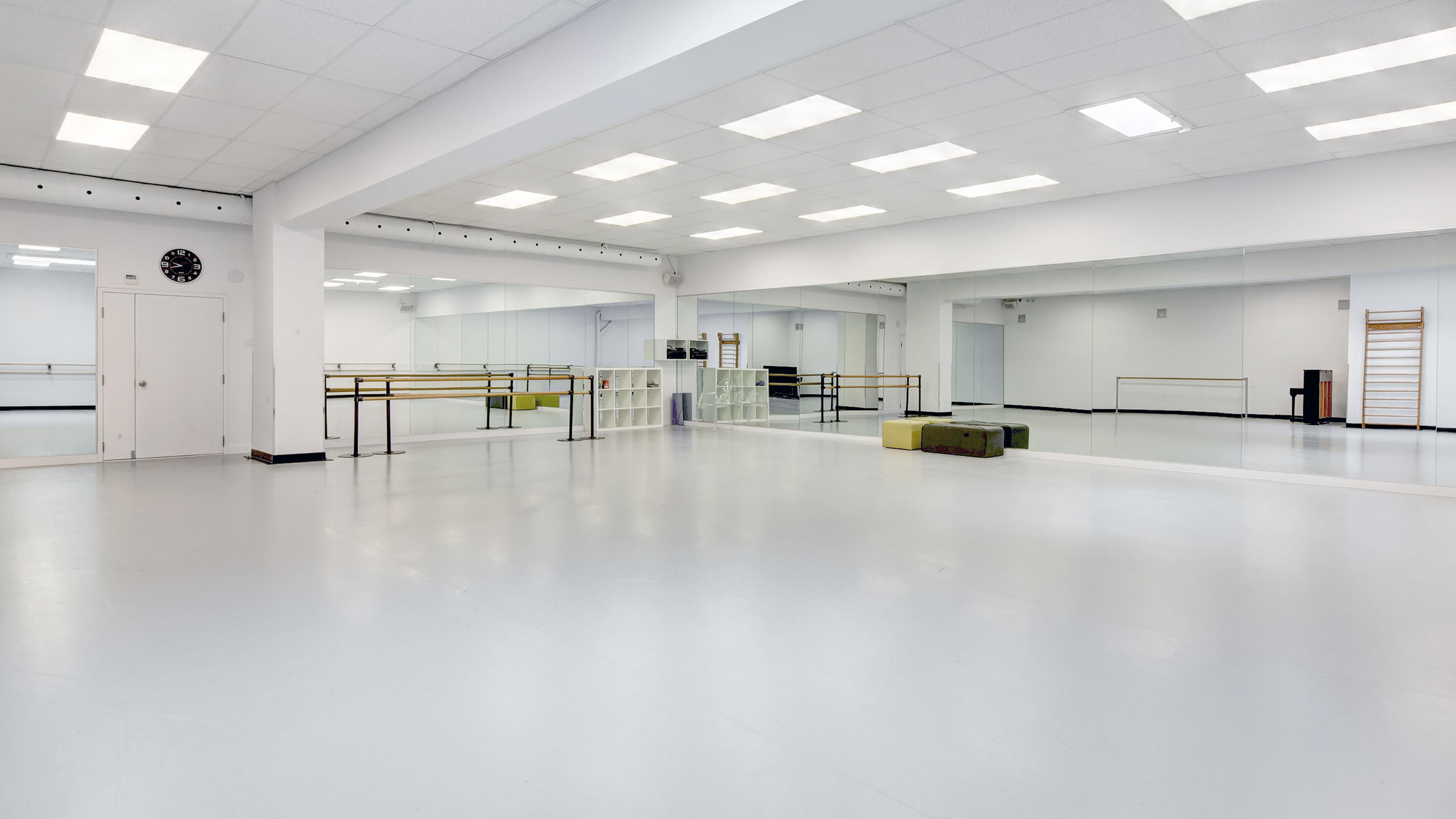Selecting the Best Substances for Creating a Robust and Safe Outdoor Dancing Platform
Selecting the right components for building a durable and secure external performance surface is essential for guaranteeing an pleasurable experience. Outdoor dance floors must endure diverse climate elements while providing a firm foundation for dancers and attendees. Thus, it is important to consider factors such as material durability, safety features, and maintenance requirements when making selections. This article will explore several suitable materials and their advantages in creating an outdoor dance floor.
One popular choice for outdoor dance floors is timber. Wood offers a traditional and inviting appearance that many consider attractive. Solid woods like beech or ash are particularly favored due to their durability and ability to cushion shock, which can protect dancers’ joints. Additionally, wood has natural slip-resistant properties when treated correctly, minimizing the chance of injuries. However, preserving a wooden dance floor demands routine coating and resurfacing to shield it from moisture and UV damage, making it essential to consider the climate in which the floor will be installed.

Another practical option is composite materials, which blend natural fibers with plastic. These materials are engineered to be impervious to humidity, mildew, and fading from sunlight. Composite dance floors provide longevity comparable to traditional wood without the extensive upkeep. They are less susceptible to warping and splitting than natural wood floors when exposed to harsh environmental conditions. In addition, composite surfaces often have built-in anti-slip properties, making them a more secure choice for outdoor events.
For those seeking a more modern approach, modular tiles made of PVC or rubber are excellent options. These tiles are designed for easy installation and can be rearranged or replaced as needed. The versatility of using interlocking tiles permits rapid assembly and disassembly, making them ideal for temporary dance events or festivals. Additionally, these materials provide cushioning that enhances comfort while dancing and reduces the likelihood of accidents resulting from falls. The non-porous structure of PVC and rubber also helps prevent water penetration, further extending the lifespan of the dance surface.
Ultimately, it is crucial to evaluate the location and intended function of the exterior dance floor when choosing components. dance flooring for weddings For instance, if the dance floor will be situated in a high-traffic area or exposed to inclement weather frequently, choosing robust materials that require minimal maintenance will be essential. On the other hand, for less intense use or in more sheltered locations, lighter materials may suffice. In any case, prioritizing safety features such as traction and shock absorption should remain at the forefront of planning.
To summarize, constructing a long-lasting and secure open-air dance floor check it out requires thoughtful consideration of various materials suited for different environments and purposes. Wood offers timeless beauty but requires diligent maintenance; engineered composites blend appearance with durability; modular flooring offer adaptability and convenience. At the end of the day, identifying the unique needs of the dance floor's planned use will inform material selection toward choosing the most suitable solution for an enjoyable and safe dancing experience outdoors.